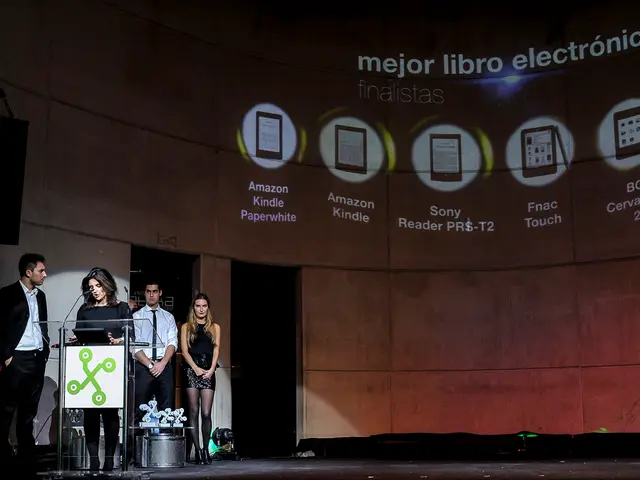ChatGPT Now Offers Study Mode, Encouraging Critical Thinking: This feature requires students to engage with content before receiving responses, as stated by OpenAI.
OpenAI's Study Mode Transforms ChatGPT into an Interactive Learning Tool
OpenAI, the organisation behind ChatGPT, has introduced a new feature called Study Mode. This innovative addition to the chatbot model aims to promote a deeper understanding and critical thinking among users, shifting the AI's role from a provider of immediate answers to an interactive tutor.
The decision to integrate Study Mode is based on the results of several studies, including one conducted by MIT. The study demonstrated that relying on AI for instant answers can lead to less brain activity compared to traditional research methods, and a pattern of dependence where participants tended to copy and paste the content generated by the chatbot, reducing their participation as the experiment progressed.
Study Mode prioritizes understanding over immediate response. Instead of simply delivering solutions, it uses Socratic questioning techniques to ask probing questions, offer hints, and withhold direct answers unless the user engages actively with the material. This encourages active learning, developing critical thinking skills, and providing personalized guidance.
When activated, the chatbot asks questions related to the content consulted and avoids providing direct answers if the student does not demonstrate a certain level of interaction with the material. This approach aims to reduce dependence on the chatbot and promote critical thinking.
Key benefits of Study Mode include encouraging active learning, developing critical thinking skills, providing personalized guidance, and reducing cognitive atrophy. By prompting users to think through problems and concepts, the mode helps students build reasoning abilities. Contextual help, memory-enabled adaptation, and stepwise problem solving are among the mechanisms by which Study Mode achieves this.
Users can switch back to regular ChatGPT for straightforward answers, and no administrative controls exist to lock Study Mode, although OpenAI is considering such features. Leah Belsky, Vice President of Education at OpenAI, commented that OpenAI is considering implementing administrative or parental controls to keep Study Mode active during study times or in educational environments.
Study Mode is available for registered users on the Free, Plus, Pro, and Team plans of ChatGPT. OpenAI is also working on integrating Study Mode into their Edu plan for educational institutions.
In essence, Study Mode transforms ChatGPT into a thoughtful educational tool that fosters curiosity and active engagement, aiming to improve comprehension and critical thinking over quick, surface-level responses in AI-assisted learning.
In alignment with the transformation of ChatGPT into an interactive learning tool, Study Mode utilizes technology within the business sector to integrate Socratic questioning and critical thinking exercises into the platform, thereby promoting education-and-self-development. This innovative application of AI technology encourages active learning and personalized guidance, fostering a deeper understanding of the subject matter beyond immediate responses.
By prioritizing understanding over instant answers, Study Mode aims to address the pattern of dependence highlighted in studies such as the one conducted by MIT, contributing to the development of critical thinking skills and reducing cognitive atrophy in users. This focus on education-and-self-development integrates technology into a valuable tool for personal growth and intellectual development.




